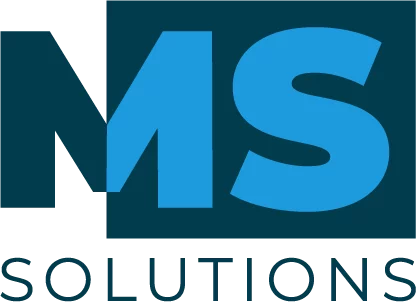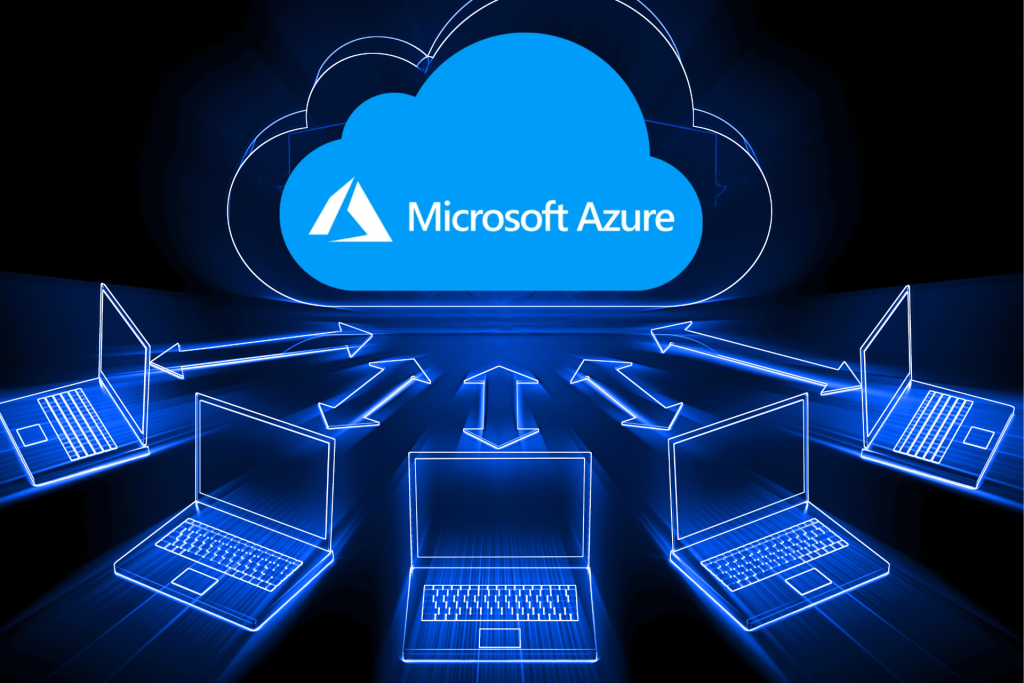In the rapidly expanding world of cloud computing, Microsoft Azure stands out as an essential platform for businesses of all sizes. Whether you’re an ambitious startup or an established multinational, Azure offers a comprehensive range of cloud services to take your business to new heights.
However, controlling costs in this ever-changing environment can be tricky. This is where the crucial choice between two Azure subscription models comes in: Pay as you go and Reserved Instances.
This article will take you into the heart of these two options, revealing their respective advantages and disadvantages, to help you select the ideal model according to your needs and your budget.
What is Microsoft Azure?
Before diving into subscroption models, it’s important to understand what Microsoft Azure is. Azure is a cloud computing platform that offers a wide range of services, including compute, storage, networking, databases, analytics, and artificial intelligence.
Azure lets you build, deploy, and manage applications and services in the cloud. You can use Azure to modernize your existing applications, create new cloud-native applications, or extend your on-premises applications to the cloud.
Who is Microsoft Azure for?
The appeal of Azure lies in its versatility, adapting to the needs of a wide range of users:
- Growing SMBs: Azure provides an ideal springboard for startups and SMBs by allowing them to quickly develop and deploy web and mobile applications at a lower cost, without a significant upfront investment.
- Mid-Size Businesses: For mid-sized businesses, Azure offers increased scalability and flexibility, allowing them to adapt their cloud resources as their needs change.
- Large enterprises and multinationals: Large enterprises and multinationals leverage the robustness and security of Azure to manage mission-critical applications, analyze large volumes of data, and operate in a global environment.
What are the benefits of Microsoft Azure?
The advantages of Azure are numerous and varied:
- Wide range of services: Azure offers a comprehensive catalog of cloud services, ranging from compute and storage to networking, databases, analytics and artificial intelligence.
- Scalability and flexibility: Azure adapts to your needs, allowing you to scale your resources up or down based on demand.
- Reliability and security: Azure offers a robust and secure cloud infrastructure to protect your data and applications.
- Continuous innovation: Microsoft constantly invests in the innovation of Azure, ensuring you have access to the latest cloud technologies.
- Optimized cost: With its two payment models, Pay as you go and Reserved Instances, Azure allows you to control your costs and optimize your expenses.
Pay as you go : maximum flexibility
Pay as you go is the default subscription model for Azure. With this model, you only pay for the resources you use. There are no initial commitment fees, and you can increase or decrease your resources at any time.
Benefits of Pay as you go:
- Maximum flexibility: You are not tied to a long-term contract and you can adapt your resources to your needs in real time.
- No upfront commitment fees: You only pay for what you use, making it an attractive option for small businesses or one-off projects.
- Best for unpredictable workloads: If your resource needs vary, Pay as you go lets you keep up without breaking the bank.
Disadvantages of Pay as you go:
- Higher prices for continuous use: Over the long term, Pay as you go may be more expensive than Reserved Instances, especially if you use Azure resources intensively.
- Less cost predictability: It can be difficult to predict your monthly costs with Pay as you go, as they depend on your actual usage.
Reserved Instances: Significant discounts for continued use
Reserved Instances allow you to purchase Azure resources at a discounted price in exchange for a long-term commitment. You can choose a one-year or three-year commitment.
Benefits of Reserved Instances:
- Deep price discounts: You can save up to 50% on Pay as you go prices by reserving long-term instances.
- Cost predictability: Your monthly costs are fixed for the duration of your commitment, making budgeting easier.
- Best for predictable workloads: If you know you’ll be using Azure resources consistently, Reserved Instances can save you a lot of money.
Disadvantages of Reserved Instances:
- Long-term commitment: You must commit to using the reserved resources for the duration of your contract, even if you no longer need them.
- Less flexibility: You cannot increase or decrease your reserved resources during the term of your contract.
- Larger initial investment: You must pay the full cost of Reserved Instances at the time of purchase.
In short,
The choice between Pay as you go and Reserved Instances depends on your specific needs and situation.
Pay as you go is ideal for:
- Unpredictable or one-off workloads: You only pay for what you use, providing great flexibility for ever-changing projects.
- Tight budgets: No upfront commitment is required, making it an attractive option for cost-conscious startups and businesses.
Reserved Instances are recommended for:
- Predictable and stable workloads: Take advantage of significant discounts by committing to long-term use.
- Better cost predictability: Set your monthly expenses for simplified budgeting.
- Businesses that use Azure extensively: Realize significant savings over the long term.
Remember, you can combine Pay as you go and Reserved Instances for a hybrid approach that best suits your specific needs.
To help you make your choice, we have compiled some valuable resources:
- Understanding Azure Reserved Instances: https://azure.microsoft.com/en-us/pricing/reserved-vm-instances
- Azure pricing calculator: https://azure.microsoft.com/en-us/pricing/calculator/
- Azure purchasing options: Pay as you go: https://azure.microsoft.com/en-us/pricing/purchase-options/pay-as-you-go
- Azure purchasing options : Reserved instances : https://azure.microsoft.com/en-us/pricing/reserved-vm-instances/
In addition to the resources above, you can also contact a Microsoft Azure partner for help choosing the right payment model for your needs.
In conclusion, Microsoft Azure offers a powerful, flexible and secure cloud platform for businesses of all sizes. By choosing the right subscription model and leveraging available resources, you can optimize your Azure costs and take your business to new heights.




